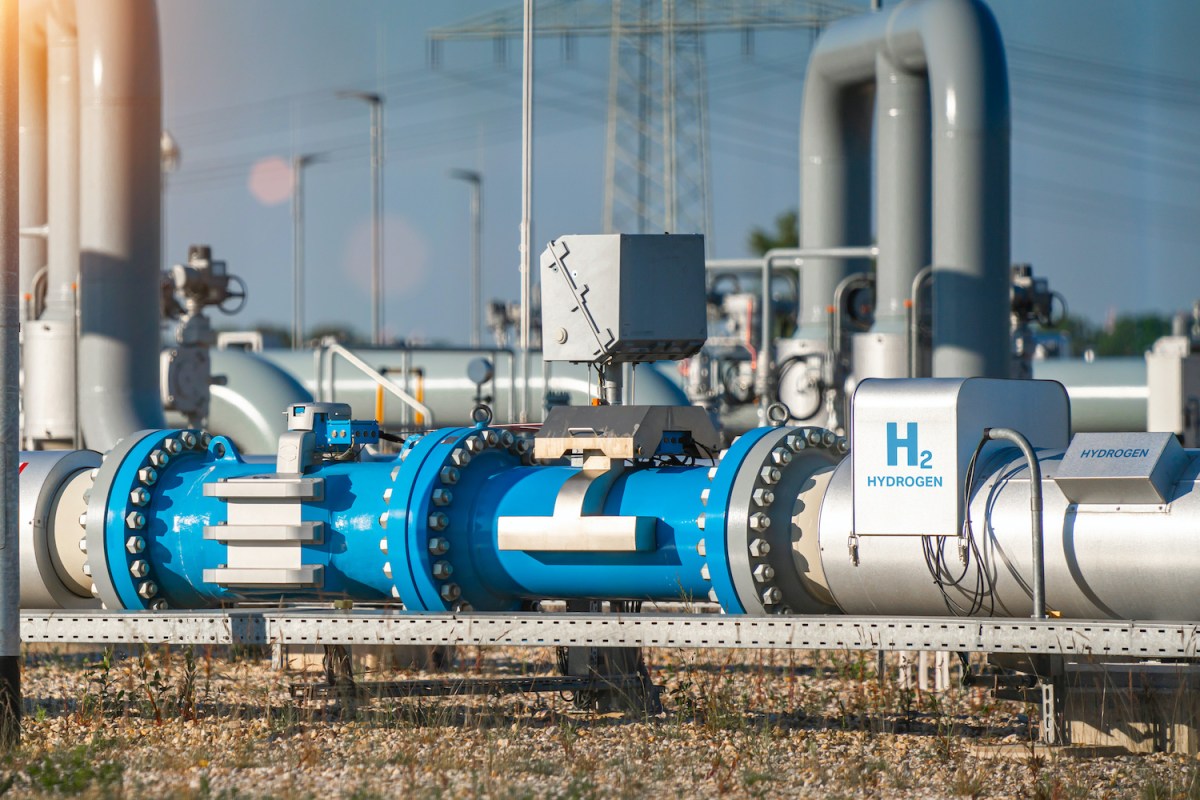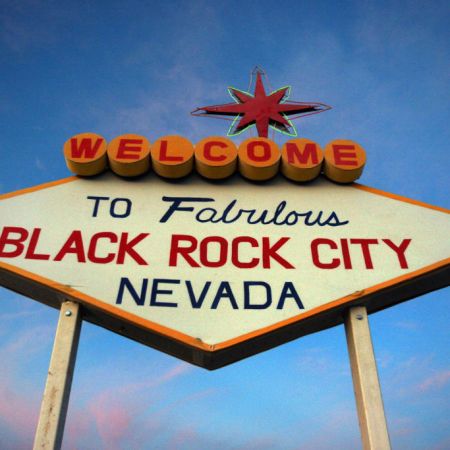No one’s precisely sure how it originated, but pockets of naturally occurring hydrogen — also known as “white hydrogen” — exist underground all over the world. Why is this deeply relevant to some advocates of green energy in 2023? As Jillian Ambrose writes in The Observer, the possibility of a source of green energy that’s easily accessible and exists without creating carbon emissions is very enticing.
The pathway to green energy isn’t always easy — the environmental costs of nickel mining, used to produce batteries for electric vehicles, is one significant example of this. And, as Ambrose points out, other forms of hydrogen don’t have the same benefits as white hydrogen — they either have a substantial economic cost or require the production of carbon emissions.
The cultivation or production of different forms of hydrogen have a range of pros and cons. Having zero-emissions fuel is an appealing goal, but the process of producing it has been, for some companies and governmental agencies, more trouble than it’s worth. Bourakébougou, a town in Mali that is powered entirely by naturally-occurring hydrogen, could serve as a proof of concept for how best to use this fuel on a municipal level.
Could We Get Clean Geothermal Energy By Digging Deeply Enough?
Also, the digging would be done with lasersAs Ambrose’s article reveals, amounts of white hydrogen have been found in places like Mali, southern Australia and France. The appeal of this form of energy has prompted some energy companies and investors (Bill Gates among them) to explore their options. It’s an energy source to keep an eye on.
Thanks for reading InsideHook. Sign up for our daily newsletter and be in the know.


















